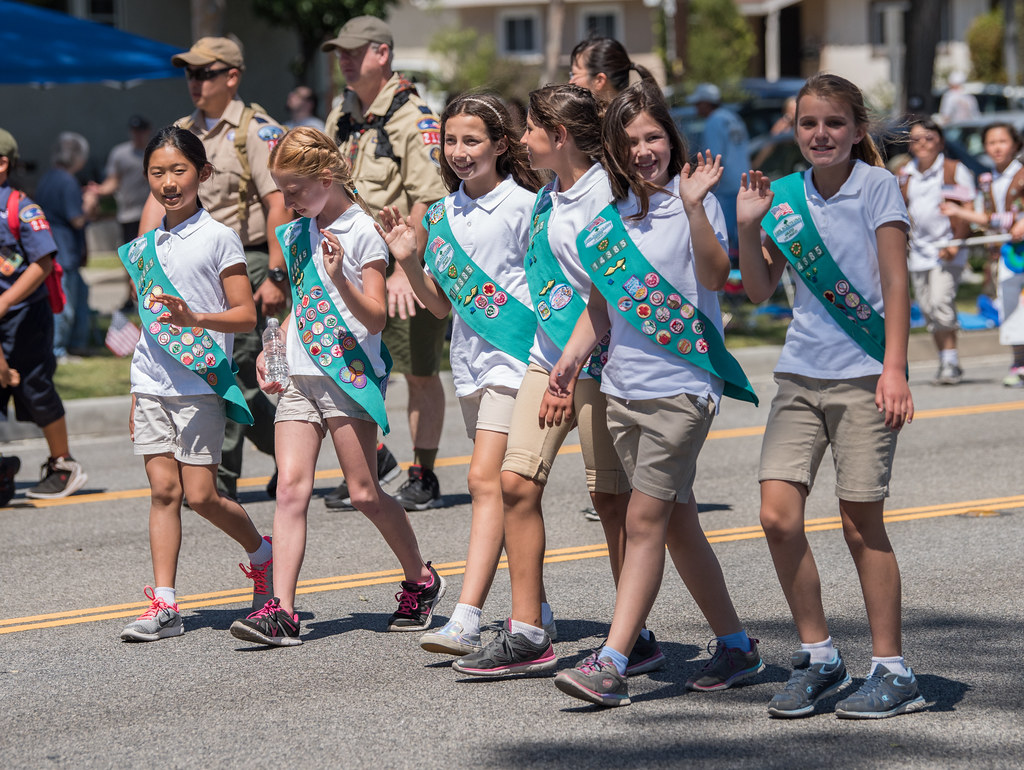The Boy Scouts of America, an organization with a storied history dating back to 1910, has faced a series of challenges and controversies in recent years. These have included issues surrounding inclusivity, with debates over the admission of gay and transgender members, as well as the decision to allow girls into the ranks.
The BSA has changed its name–what essentially constitutes a rebranding that reflects its changing mission–to Scouting America in an effort to be more inclusive and to move past a history of sex abuse claims that led to bankruptcy. This rebranding marks a significant shift for an organization that has been a part of American culture for over a century. Boy Scouts of America is part of the social fabric of the country, particularly in rural and semi-rural areas that is sometimes called “Middle America”: white and conservative. But in order to survive, they have had to introduce some radical changes into their organization.
“In the next 100 years we want any youth in America to feel very, very welcome to come into our programs,” Roger Krone, who took over last fall as president and chief executive officer, said in an interview before the announcement.

The Boy Scouts of America’s (BSA) mission is both educational and moral. At the heart of this mission is the aim to prepare young people to make ethical and moral choices throughout their lifetimes. This is achieved by instilling in them the values encapsulated in the Scout Oath and Law which emphasizes honor, duty to God and country, helping others, and maintaining physical, mental, and moral strength. The Law outlines twelve points of character that Scouts are encouraged to live by, which include being trustworthy, loyal, helpful, friendly, courteous, kind, obedient, cheerful, thrifty, brave, clean, and reverent. These principles serve as a compass, guiding Scouts in their personal development, community involvement, and leadership. Today for many people some of these values have come to be identified with the conservative and far-right elements of society; especially the focus on patriotism.
The BSA’s vision is to prepare every eligible youth in America to become a responsible, participating citizen and leader, guided by the values of the Scout Oath and Law. The organization believes that these values are just as relevant today in helping youth grow to their full potential as they were when the movement began. Through its programs, the BSA helps youth develop academic skills, self-confidence, ethics, leadership skills, and citizenship skills that influence their lives now and in the future.
The BSA’s decision to allow girls into their ranks was already a highly contested historic move that strained the relationship with the GSUSA, leading to legal disputes over recruitment and trademark issues. Despite these challenges, the inclusion of girls has been largely positive, with thousands achieving the prestigious rank of Eagle Scout.
Both organizations have also had to navigate changes in societal attitudes towards gender and sexuality. The BSA, for instance, faced backlash for its previous policies on excluding gay members and leaders, which they have since reversed. They have also opened their doors to transgender boys, reflecting a broader commitment to diversity and inclusion.
These controversies and changes reflect the evolving landscape of youth organizations and the need to adapt to modern values while preserving the core principles of leadership, community service, and personal development.
The journey of BSA and similar youth organizations underscores the complexities of managing tradition and progress in organizations that have shaped the lives of millions of Americans, sometimes, as is the case today, in the midst of political polarization that widens the gap between progressive and regressive social forces.












